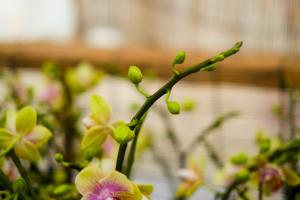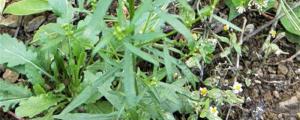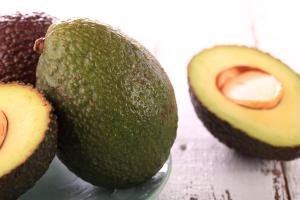What Plants Trees Does the Lanternfly Eat?
If you live in the northeastern part of the United States, you may have heard of or even encountered the invasive species known as the Spotted Lanternfly. While these insects may seem harmless at first glance, they pose a significant threat to the agriculture and natural environment in the region. One question that many people ask when they first encounter a Lanternfly is what trees and plants these insects eat.
Lanternflies and Trees
Lanternflies are known to feed on a variety of trees and plants, with a particular affinity for fruit trees such as grapes, apples, and cherries. However, they also eat hardwood trees like maple, oak, and walnut, as well as softer wood species like willow and poplar. In essence, if a tree or plant is present in the Lanternfly's habitat, it is likely that they will feed on it.
How Lanternflies Feed
Understanding how Lanternflies feed is essential when trying to prevent or manage an infestation. These insects feed by piercing the woody part of the plant with their beaks and consuming the sap inside. They can also feed on the leaves of trees and plants, which can cause significant damage over time. When Lanternflies feed, they secrete a sticky, sugary substance called honeydew, which can attract other insects and cause fungal growth on the affected trees.
The Impact of Lanternflies on Trees and Plants
The presence of Lanternflies can be devastating for trees and plants, both in terms of their overall health and their ability to produce fruit or flowers. Heavy Lanternfly infestations can cause a decline in the growth and productivity of fruit trees, which can have a significant impact on the livelihoods of farmers in affected areas. Additionally, if left unchecked, Lanternflies can damage trees to the point where they become more susceptible to other pests or diseases.
Preventing and Managing Lanternfly Infestations
Preventing and managing Lanternfly infestations requires a multi-faceted approach that involves both the government and individual residents. Some strategies that can be employed include implementing quarantines on infested areas, inspecting outdoor items (such as vehicles and outdoor furniture) for eggs or nymphs, and using sticky bands or insecticides to trap or kill Lanternflies. It is also important to continually monitor and report any sightings of Lanternflies in your area to help prevent the spread of this invasive species.
Conclusion
In conclusion, while the Spotted Lanternfly's diet may seem diverse, it is clear that these insects pose a significant threat to trees and plants in the northeastern United States. Understanding the ways in which Lanternflies feed and their impact on plant and tree health can help individuals and communities take steps to prevent and manage their spread. By working together and staying vigilant, we can help protect the natural environments and agricultural industries of our region.

 how many times do yo...
how many times do yo... how many planted tre...
how many planted tre... how many pine trees ...
how many pine trees ... how many pecan trees...
how many pecan trees... how many plants comp...
how many plants comp... how many plants can ...
how many plants can ... how many plants and ...
how many plants and ... how many pepper plan...
how many pepper plan...































